
With the appearance of a tiger but with the size and temperament of domestic cat, Bengal cats very dear to cat lovers all over the world. They carry those wild looking stripes, spots and color of Asian leopard but they are as small as our domestic cat. The characteristic rosette spots of a leopard are found only on the sides and back and it will be stripes everywhere else. The domestic variety is actually a cross breed of feline with that of Asian leopard. bengal kittens have market all over the world.
The International Bengal Cat Society (TIBCS)
There is an exclusive Bengal cat society dedicated to this variety alone. The hybrid varieties are not accepted by many cat registries especially Cat Fancier’s Association, the largest cat registry in the world. Though, they are hybrids of wild cats, they exhibit a very soft temperament. They are not only decorative; they would like to play with their masters and are very active.
Appearance and Temperament
There are different types of Bengal kittens for sale and there are professional breeders in many places in US, Europe and Australia. In UK DEFRA, British Government regulating agency for pets has recommended the removal of Bengal cats from licensing formalities. Different varieties are still under experiment and more varieties of this beautiful cat are expected in coming years.
They are little larger than the domestic and Siamese cats. Attempts are underway to create a new hybrid breed of Bengal cats with that of Siamese kittens. Some of the varieties carry golden and orange color, though brown and white are standards colors of this variety. Another salient feature of this breed is that they love to play in water unlike the other domestic varieties. They are breeds of love and entertainment to the owners and they are not just products to exhibit.
Favored Varieties
Most favored hybrids are the four generation away from Asian leopard. Fifth, sixth and seventh generation are also of high demand and belong to show types. Those lesser than fourth generation are good only for breeding purposes and there are chances of them retaining some wild qualities if its forefather.
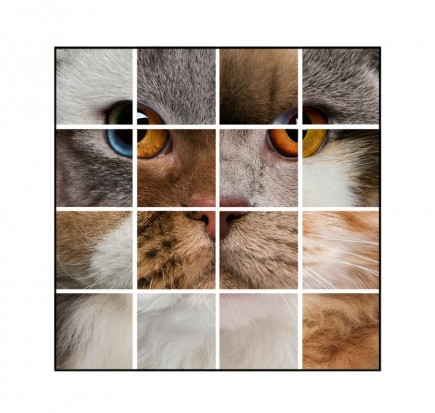 Cat Breeds
Cat Breeds
Cat Breeds
Cat Breeds
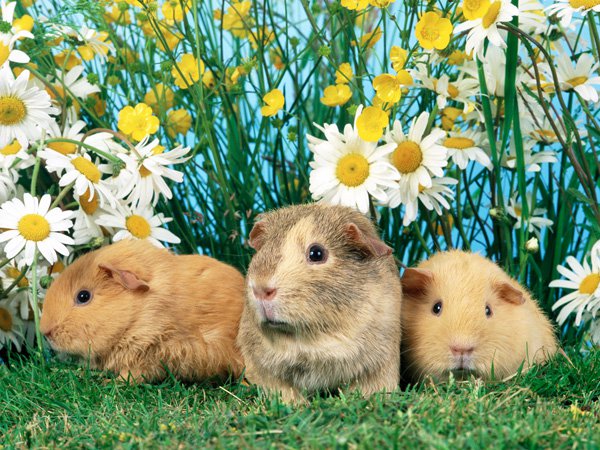 Give Safety to Your Pet with Keeping at Dog Kennels in South Yorkshire
Give Safety to Your Pet with Keeping at Dog Kennels in Sou
Give Safety to Your Pet with Keeping at Dog Kennels in South Yorkshire
Give Safety to Your Pet with Keeping at Dog Kennels in Sou
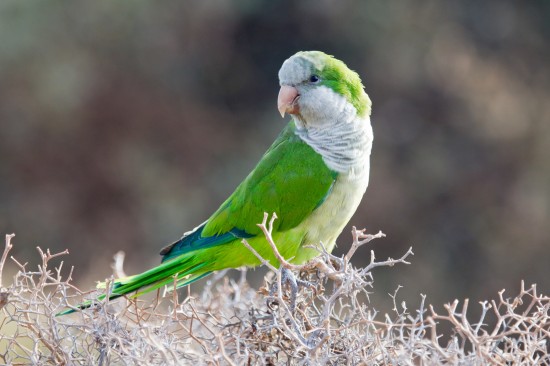 Quaker Parrot Or Monk Parakeet
Quaker Parrot Or
Quaker Parrot Or Monk Parakeet
Quaker Parrot Or
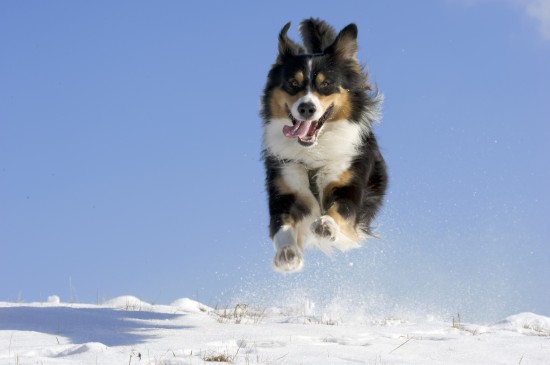 Exercising A Dog Over Winter
Exercising A Dog
Exercising A Dog Over Winter
Exercising A Dog
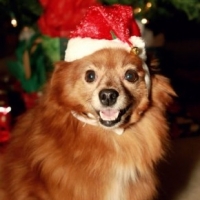 Puppy Potty Training Tips
It is important to understand how to potty train your p
Puppy Potty Training Tips
It is important to understand how to potty train your p
Copyright © 2005-2016 Pet Information All Rights Reserved
Contact us: www162date@outlook.com